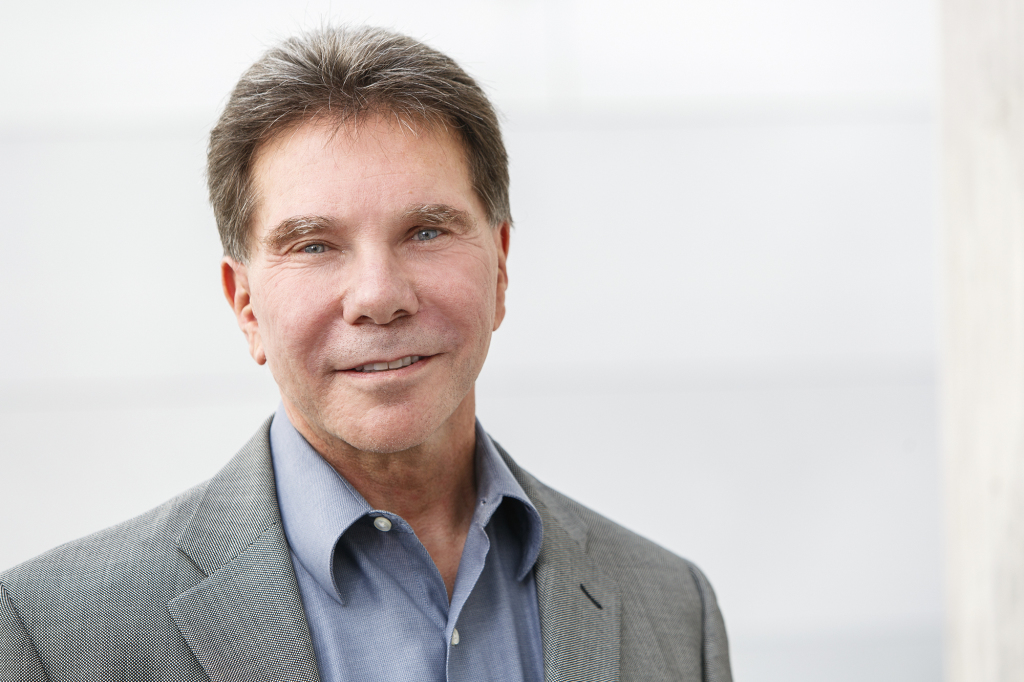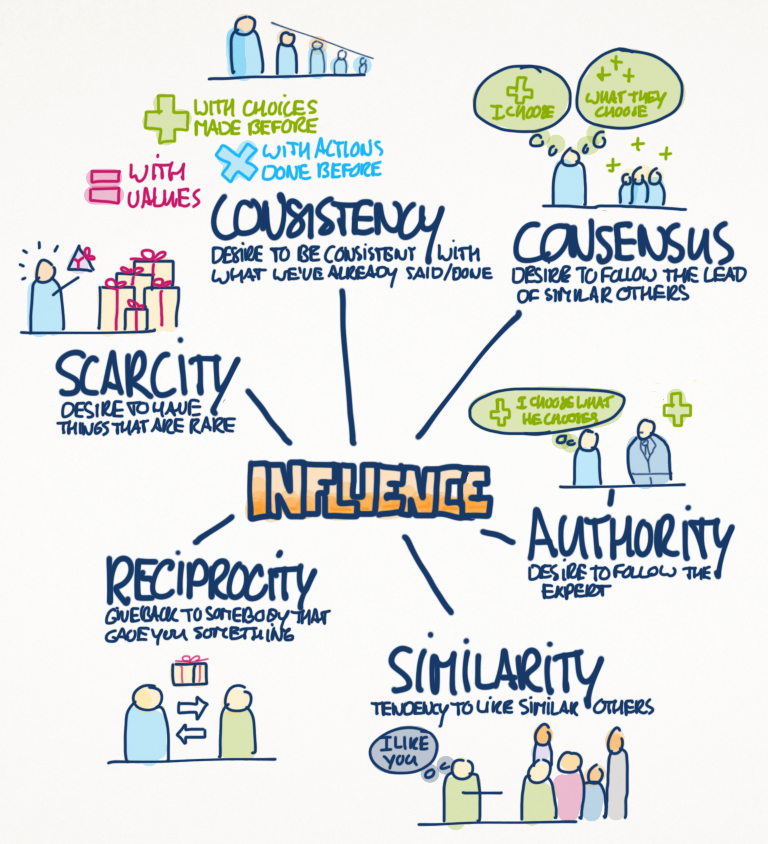Courtesy of Xiaxue
By now, everybody would have heard of the great brouhaha between influencer/blogger Xiaxue (aka Wendy Cheng) and influencer marketing agency Gushcloud.
While enmity between Nuffnang’s stalwart Xiaxue and competitor Gushcloud isn’t new, the latest episode saw the queen of blogging publishing a no-holds-barred post purporting that Gushcloud misled advertisers by inflating its influencers’ blog statistics, instructing influencers to mask advertorials, misreporting earnings, and fudging YouTube viewership figures.
In response, Gushcloud started a #FaithInGushcloud campaign amongst its influencers. They also published an official blog post to refute Xiaxue’s allegations.
This prompted a comeback from Xiaxue’s supporters (hashtagged #FaithInXiaxue). Thereafter, various social media influencers wrote blog posts expounding on the ethics of influencer marketing (you can view some of them on Singapore Daily here).
Now I am not going to lend my voice to the growing chorus of online supporters (or detractors) for either Xiaxue/Nuffnang or Gushcloud. There are more than enough opinions on this issue. Ultimately, the only true judge of an online influencer’s “effectiveness” should be the advertiser or brand who used his or her platform.
Rather, I’d like to address something a lot more fundamental. Namely this: who are “influencers” and how one can improve one’s influence.
Definition of Social Media Influencer
Well, there are lots of definitions of who or what “influencers” are, but the two I found most relevant for our purposes are these:
1) “In the blogosphere, an influencer is a person who blogs about a specific subject and is highly recognized online as an expert. An influencer differs from an A-list blogger in that they are often able to sway other’s opinions and thoughts on the subject matter.” – From Webopedia
2) “Individuals who have the power to affect purchase decisions of others because of their (real or perceived) authority, knowledge, position, or relationship. In consumer spending, members of a peer group or reference group act as influencers. In business to business (organizational) buying, internal employees (engineers, managers, purchasers) or external consultants act as influencers.” – From Business Dictionary
From the two definitions of influencers above, we can conclude the following:
- Influencers can be bloggers – especially if they are recognised as an expert – but not all bloggers are influencers.
- An A-list blogger may not be an influencer if he or she does not have the ability to affect other’s opinions.
- In the business world, individuals who can encourage purchase decisions are valuable influencers.
- Most influencers have some degree of recognition, authority, knowledge, position or relationship.
Beyond bloggers, YouTube stars, Facebook maestros or Twitteratis, there are other more traditional influencers. They include politicians, celebrities, CEOs of large companies, editors/columnists, and university professors. Ultimately, this depends on how much power they wield to “influence” the opinions, views and ultimately purchase behaviours of others.
The 6 Weapons of Influence
With the above context in mind, let us consider how influence can be built or developed using Robert Cialdini’s world famous principles of influence. Also known as the 6 Principles of Influence, these “weapons” are useful for us to revisit in any study of the art and science of influence.

Robert Cialdini – the Father of Influence (courtesy of Influence at Work)
So what are these principles?
1) Reciprocity
It is baked into our human nature to appreciate the gifts and good deeds which others provide, and to pay them back some way or other. Psychologically, we are hardwired to want to return the favour.
In the business of marketing, this happens when freebies are given to nudge consumers towards making a purchase. We are also more positively inclined to somebody online who provides useful, educational, or entertaining content (as opposed to merely trying to sell sell sell).
2) Commitment (or Consistency)
When we are committed to something, we are often likely to act or behave in a way that is consistent to that pledge. Thus, if we solicit an opinion from somebody and secured a verbal or written commitment that they are in agreement, we are more likely to have successfully influenced him or her.
This is how commenting, sharing and liking on social media works. Once you offer an input, you are “committed” to it and are less likely to go back on your word. Of course, exceptions do occur.
3) Social Proof (or Consensus)
Social proof is demonstrated by the need for people to confirm – and maybe even “double confirm” – that they have made the right decisions. It is what we call the “monkey see monkey do” instinct, since we are more likely to mirror the actions of a majority of folks.
This is why shares, retweets, referrals and word-of-mouth marketing is so powerful – we are more likely to believe in the actions of third parties than the companies – or individuals – selling the products or services themselves.
4) Liking (or Similarity)
We are living in the age of “likes”, thanks to the actions of ubiquitous social networks like Facebook, Twitter, YouTube, and Instagram. Like social proof, we are more likely to be influenced by folks whom we like (duhhh).
Often, we are more likely to like people who are alike (pardon the tongue-twisting). They could be similar to us in viewpoints, personality, backgrounds, or lifestyle.
5) Authority
Ever noticed how authoritative figures are able to make us do stuff? Thus, influencers often have to demonstrate that they are either folks with a lot of experience, expertise, popularity or clout.
Authority can also be shown by the number of followers, fans or readers which an online personality has – the greater his reach, the more his implied authority is. Beyond reach, what’s probably more important these days is engagement – the number of likes, comments or shares a blogger is able to trigger.
6) Scarcity
Last but not least, influence is achieved by generating a perceived scarcity of a product or service. The law of supply and demand works equally in the psychology of influence.
If we make something more scarce, it is perceived to be more valuable. The reverse is true – something which can be easily found in abundance tends to be less invaluable.
In the online world, scarcity can be developed by creating a unique and individual point of view or offering exclusive deals that are limited in timeframe or reach (eg applicable only to those who comment on a blogpost).
A good summary of the 6 weapons of influence can be viewed below (courtesy of Ack Solutions).
To Influence Or Not To Influence?
As you can see, the business of influence isn’t just about being popular or having lots of fans. While Justin Beiber may have gazillion Facebook fans or Twitter followers, he is unlikely to be more influential than say President Barack Obama who has just a fraction of Beiber’s fanbase.
Beyond numbers alone, effective influencers are able to deploy the weapons of influence – reciprocity, commitment, social proof, liking, authority, and scarcity – to trigger the right response from their social networks and online communities.
Now that you’ve learned what influence is, ask yourself these questions:
- Who would be the best influencers for my company’s products or services?
- Why would these influencers be suitable?
- What would make them qualified to promote your product or service?
- What methods or techniques could you use to increase your own influence?
- How would you measure the success of your influencer marketing campaigns?


